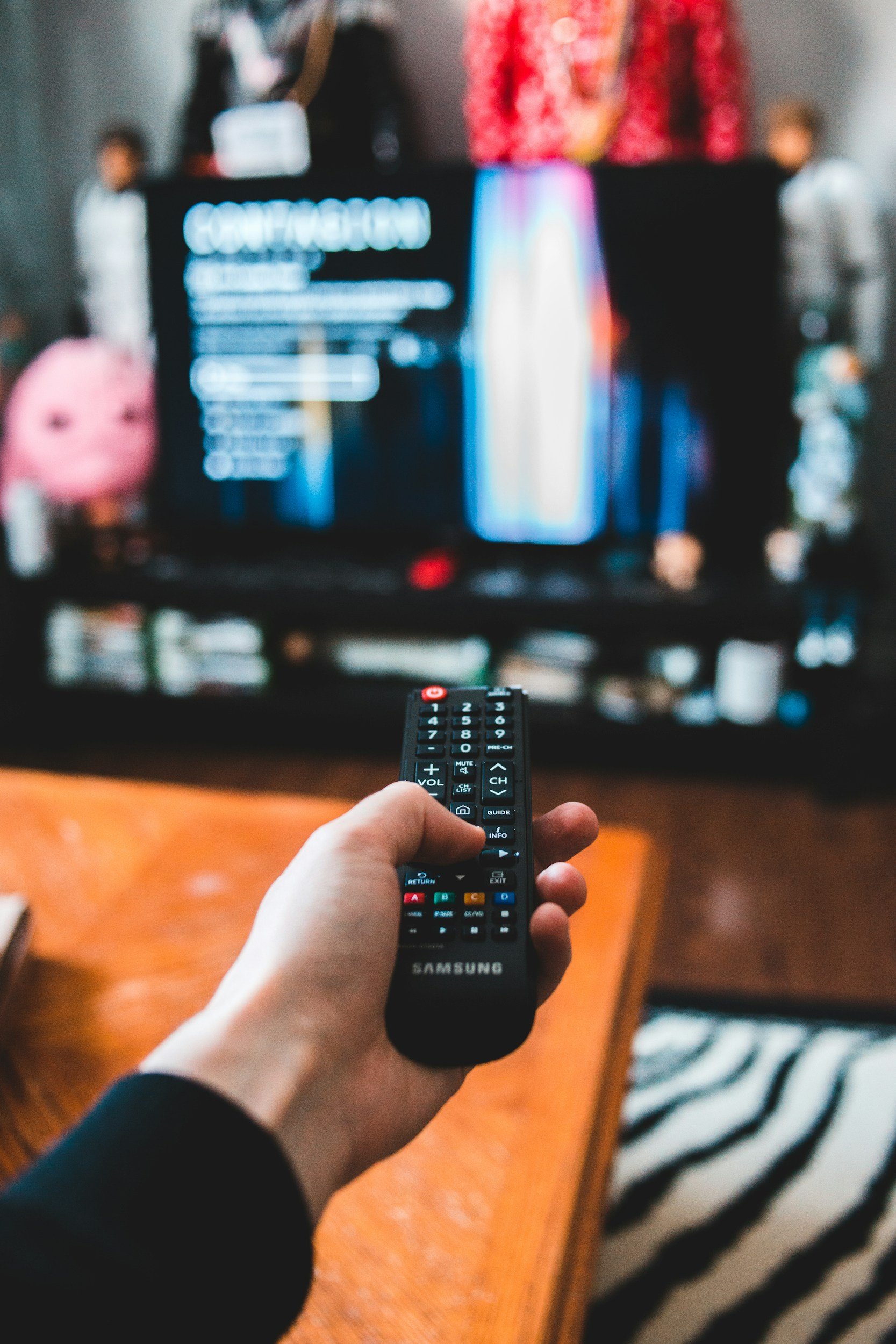Understanding the Fundamental Attribution Error: Why We Misjudge Others
The way we perceive and evaluate other people’s behaviour has a profound impact on our social interactions. Yet, our judgments are often skewed by cognitive biases that distort reality. One of the most pervasive and widely studied of these biases is the fundamental attribution error (FAE). This phenomenon reveals how we—as humans—tend to overestimate personality traits and underestimate situational factors when interpreting others’ actions. Understanding this bias isn’t just an academic exercise; it holds practical implications for how we approach relationships, manage conflicts, and build empathy.
What Is the Fundamental Attribution Error?
The fundamental attribution error, also known as correspondence bias, refers to our tendency to attribute other people’s behaviours to their inherent character or disposition rather than to external, situational factors. For example, if a coworker snaps at you, you might think, “Wow, they’re such an irritable person,” rather than considering that they might be under significant stress or sleep-deprived.
Coined by psychologist Lee Ross in 1977, the term builds on earlier work by Fritz Heider, often considered the “father of attribution theory.” Heider’s seminal 1958 book, The Psychology of Interpersonal Relations, laid the groundwork by exploring how people make sense of the causes behind behaviours and events. Ross expanded this concept by identifying the systematic bias toward attributing actions to personal characteristics rather than contextual factors.
Key Study: Jones and Harris (1967)
One of the foundational experiments illustrating the FAE was conducted by Edward E. Jones and Victor Harris. Participants read essays written either in favor of or against Fidel Castro. Even when they were explicitly told that the authors were assigned their positions at random, participants still assumed the essays reflected the writers’ genuine beliefs. This experiment demonstrated how deeply ingrained the FAE is: even when situational explanations are made obvious, people default to attributing behaviour to disposition.
Why Does the Fundamental Attribution Error Occur?
The FAE arises from several cognitive and perceptual mechanisms, as well as cultural and emotional factors. Here are some key reasons:
1. Perceptual Salience
When observing others, their actions are more “salient” to us than the surrounding context. Situational influences are often invisible or less obvious. For instance, if someone trips while walking, their clumsiness is what stands out, not the uneven pavement that might have caused the stumble.
2. Cognitive Efficiency
Attributing behaviour to internal traits is faster and requires less mental effort than analyzing the complexities of the situation. Our brains are cognitive misers, often taking shortcuts to conserve mental energy—a phenomenon linked to the heuristics described by Amos Tversky and Daniel Kahneman.
3. Cultural Influences
Research shows that the FAE is more pronounced in individualistic cultures (e.g., the United States, Western Europe) than in collectivist cultures (e.g., Japan, China). Individualistic societies emphasize personal responsibility and individual traits, whereas collectivist cultures are more attuned to situational and relational factors when interpreting behaviour.
4. Self-Serving Bias and Actor-Observer Asymmetry
Interestingly, we don’t apply the FAE as strongly to ourselves. When explaining our own behaviour, we’re more likely to consider situational factors. This is known as the actor-observer bias. For example, if you’re late to a meeting, you might blame traffic or an emergency. However, if someone else is late, you’re more likely to attribute it to their lack of punctuality or poor time management.
Real-World Examples of the FAE
The FAE isn’t just a theoretical concept; it manifests in everyday life, often with significant consequences. Let’s explore a few examples:
1. Workplace Misjudgments
Imagine your colleague misses a deadline. You might conclude that they are lazy or disorganized without considering that they might be juggling multiple projects, dealing with personal issues, or lacking clear instructions. Such judgments can strain professional relationships and create unnecessary conflict.
2. Judging Strangers
If you see someone yelling at a cashier, you might think, “That person is rude and entitled.” However, they might be frustrated after hours of dealing with bureaucratic red tape or experiencing a particularly bad day.
3. Legal and Criminal Justice Implications
In criminal justice settings, jurors and judges often fall prey to the FAE. A defendant’s actions may be attributed to criminal tendencies, while the environmental or social factors that shaped their behaviour—such as poverty or abuse—are overlooked. This bias can lead to harsher sentences and reduced empathy for the accused.
4. Parenting and Relationships
Parents often attribute a child’s misbehaviour to defiance or bad character instead of situational factors, such as hunger, fatigue, or stress. Similarly, partners in relationships might misinterpret forgetfulness as lack of care rather than recognizing external pressures or distractions.
Addressing the FAE: Building Empathy and Awareness
While the FAE is deeply ingrained in human cognition, it’s possible to mitigate its effects through intentional strategies. Here’s how:
1. Pause and Reflect
Before jumping to conclusions, take a moment to consider possible situational explanations for someone’s behaviour. What external pressures or circumstances might they be facing?
2. Practice Perspective-Taking
Empathy can act as a counterbalance to the FAE. Try putting yourself in the other person’s shoes. What might you think or feel if you were in their position?
3. Seek Additional Information
Often, our judgments are based on incomplete data. Asking questions or observing patterns over time can reveal situational factors that weren’t immediately obvious.
4. Cultural Sensitivity
Understanding how cultural norms influence attribution can help us adapt our interpretations when interacting with people from different backgrounds. For example, collectivist cultures may view actions as products of group dynamics rather than individual traits.
5. Educate Yourself About Cognitive Biases
Knowledge is power. By learning about attribution errors and other cognitive biases, you can develop greater self-awareness and reduce their impact on your thinking.
Debates and Emerging Perspectives
Despite its prominence in psychological literature, the FAE isn’t without controversy. Critics argue that the term “fundamental” exaggerates the bias’s universality, as it varies across contexts and cultures. Furthermore, some researchers contend that focusing too much on situational factors can lead to the opposite problem—underestimating personal agency and responsibility.
Emerging research also explores the interplay between attribution biases and technology. For instance, how do algorithms and social media platforms exacerbate attribution errors by presenting decontextualized snippets of behaviour? As digital interactions become more prevalent, these questions are gaining urgency.
Simply Put
The fundamental attribution error highlights a deeply human tendency to oversimplify the complexities of behaviour. By understanding and addressing this bias, we can cultivate greater empathy, improve our relationships, and make fairer judgments. Whether it’s in the workplace, courtroom, or daily life, the effort to see beyond surface-level assumptions is a step toward a more compassionate and accurate understanding of the world around us. So next time someone cuts you off in traffic, pause and ask yourself: Could there be more to the story than meets the eye?
References
Heider, F. (1958) - The Psychology of Interpersonal Relations.
Jones, E. E., & Harris, V. A. (1967) - The attribution of attitudes.
Tversky, A., & Kahneman, D. (1974) - Judgment under uncertainty: Heuristics and biases.
Haney, C., Banks, C., & Zimbardo, P. (1973) - Interpersonal dynamics in a simulated prison.
Malle, B. F. (2006) - The actor-observer asymmetry in attribution: A (surprising) meta-analysis.














Explore the major criticisms of the Asch Conformity Experiments, including issues with ecological validity, cultural bias, ethical concerns, and interpretive limitations. Learn how these iconic studies on group pressure may oversimplify the complexity of social influence.